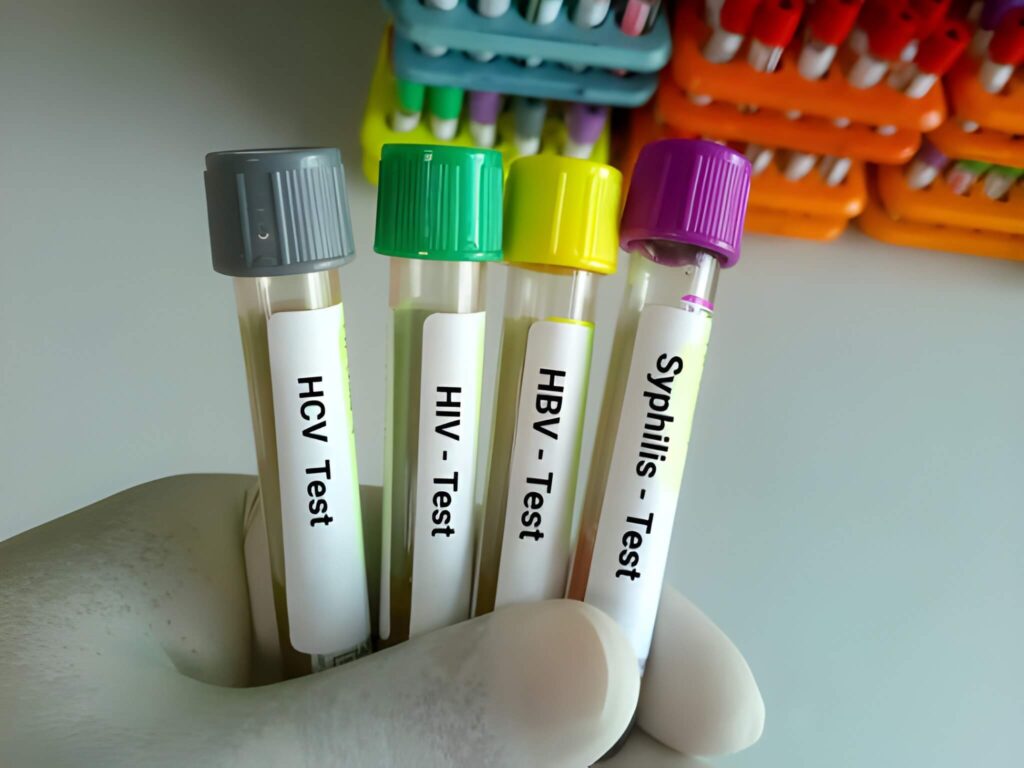Medically Reviewed By Oluwakemi Balogun (Kemi), CRNP, FNP-BC, MSN
Getting an intrauterine device (IUD) is one of the most effective ways to prevent pregnancy, but many women worry about side effects, especially bleeding for 2 weeks after IUD insertion. If you’re experiencing this, you are not alone. Light to moderate bleeding is common after both hormonal and non-hormonal IUD placement. However, knowing when bleeding is normal and when it signals a problem is essential for your health and peace of mind.
This guide gives you first-hand, medically informed insights about post-IUD bleeding, how to manage it, and when to seek professional care.
Why Do You Bleed After IUD Insertion?
The IUD is placed inside your uterus, which can irritate the uterine lining. This irritation can trigger spotting, cramping, or bleeding. Depending on the type of IUD, the reasons differ:
-
Hormonal IUDs (e.g., Mirena, Kyleena, Liletta, Skyla): The progestin hormone thins the uterine lining, which can cause irregular bleeding or spotting during the first 3–6 months.
-
Copper IUD (ParaGard): The copper creates an inflammatory reaction to prevent pregnancy. This can lead to heavier bleeding and stronger cramps, especially in the first few cycles.
Is Bleeding for 2 Weeks After IUD Insertion Normal?
Yes, in most cases. Many women report spotting, light bleeding, or even period-like flow for up to two weeks after insertion. It’s your body’s way of adjusting to the new device.
👉 Key point:
If the bleeding is gradually improving, this is typically normal. But if it’s getting heavier, involves large blood clots, or is accompanied by severe pain, it’s time to check in with your provider.
Mirena Discomfort After Insertion
If you had a Mirena IUD placed, you may notice both discomfort and bleeding in the early weeks. Cramping, mild pelvic pain, and irregular spotting are expected as your uterus adjusts to the hormone release.
Most women see these symptoms decrease after the first 1–3 months. By 6 months, many report lighter periods or no periods at all with Mirena.
Passing Blood Clots After IUD Insertion
Small clots during bleeding can be normal, but large clots (bigger than a quarter) or persistent heavy flow may be a red flag. Passing clots along with dizziness, fatigue, or severe abdominal pain should not be ignored—contact your healthcare provider right away.
How to Stop Bleeding After Mirena Insertion
If you feel your bleeding is lasting too long, your doctor may recommend:
-
NSAIDs (like ibuprofen): Reduce uterine cramping and blood flow.
-
Hormonal regulation: Sometimes a short course of birth control pills or other hormones can stabilize bleeding.
-
Time and monitoring: In many cases, bleeding improves naturally after 1–3 cycles.
⚠️ Do not try to self-remove your IUD as this can lead to infection, injury, or unintended pregnancy.
When Bleeding Becomes a Concern
Call your healthcare provider if you experience:
-
Bleeding that is heavier than a normal period or soaks more than one pad per hour.
-
Passing large clots repeatedly.
-
Severe or worsening pelvic pain.
-
Foul-smelling discharge (a sign of infection).
-
Dizziness, lightheadedness, or weakness (possible anemia or blood loss).
Tips for Managing Bleeding and Discomfort
-
Track your bleeding: Keep a record of flow, clots, and spotting. This helps your provider assess patterns.
-
Use pads initially: Tampons and menstrual cups can be used after your provider gives the go-ahead, but pads may be best during heavy or unpredictable bleeding.
-
Stay hydrated and rest: Blood loss can make you feel weak, so give your body time to recover.
-
Pain relief: Over-the-counter medications like ibuprofen can ease cramps and bleeding.
Expert Commentary
As a Family Nurse Practitioner, I frequently counsel patients about what to expect after IUD placement. In my practice, about half of women report bleeding for up to two weeks after insertion. This is usually normal. The key is monitoring whether the symptoms gradually improve or worsen.
👉 My advice: If you’re ever unsure, don’t wait. Call your healthcare provider. It’s always better to get reassurance than to miss an early sign of complications.
Frequently Asked Questions
1. How long does bleeding last after a copper IUD?
Bleeding and spotting may last 2–4 weeks and can continue as heavier periods for the first few months.
2. How long does spotting last after Mirena insertion?
Spotting may last up to 3–6 months, but it often gets lighter over time.
3. Can I exercise if I’m bleeding after insertion?
Yes, light exercise is fine, but avoid strenuous activity if you’re experiencing heavy bleeding or severe cramps.
4. Will bleeding affect IUD effectiveness?
No, bleeding does not mean your IUD isn’t working. It remains highly effective in preventing pregnancy.
Bottom Line
Bleeding for 2 weeks after IUD insertion is usually normal and part of your body’s adjustment. However, if bleeding becomes heavy, painful, or prolonged, it’s important to consult your provider.
With the right guidance, most women find their symptoms improve over time, and they can enjoy the long-term benefits of effective, low-maintenance birth control.
Disclaimer: This is informational content, not a substitute for professional medical advice.

CRNP, FNP-BC, MSN is a board-certified Family Nurse Practitioner with 16+ years of experience. She provides personalized, high-quality care in family medicine, preventive health, and chronic disease management at MedHaven Health in Glen Burnie, Maryland. Read More







